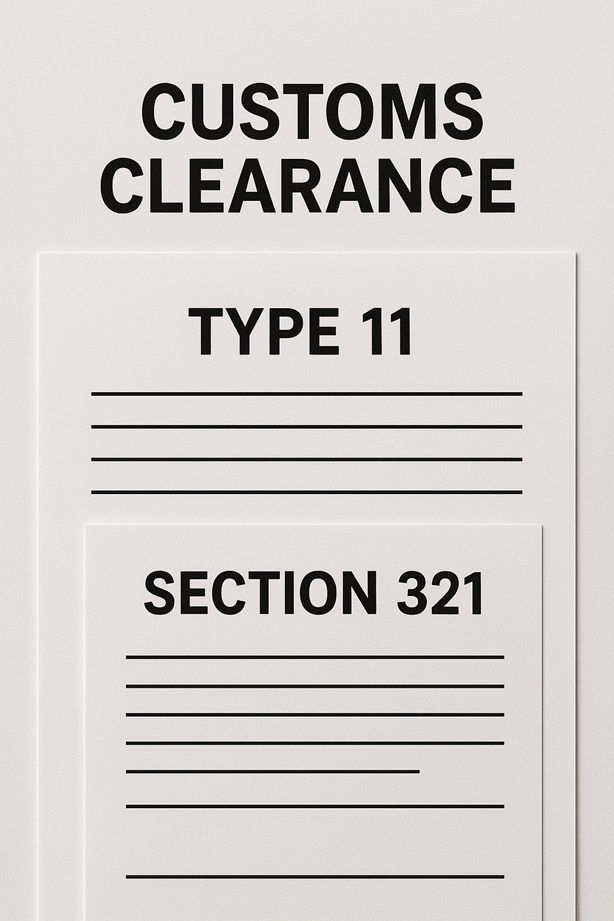The Type 86 is a Chinese infantry fighting vehicle designed as a direct copy of the Soviet BMP-1. It entered service in the early 1990s and has become a fundamental part of China’s armored forces. It features a 73 mm gun or a 30 mm autocannon, along with anti-tank missile capabilities, making it versatile for modern combat roles.
Developed through reverse engineering of Soviet designs acquired in the 1980s, the Type 86 incorporates several upgrades while maintaining the core characteristics of the BMP-1. It has multiple variants, each adapted to specific operational needs, including improved armament and modernized turrets.
The vehicle’s balance of firepower, protection, and mobility has ensured its continued use within the People’s Liberation Army and numerous export markets. Understanding the Type 86 provides insight into China’s approach to infantry fighting vehicles and armored warfare adaptation.
Overview of Type 86
Type 86 is a significant military vehicle developed with specific design elements, technical features, and several variations. These characteristics define its operational capabilities and adaptability in different conditions.
Development History
The Type 86 is a Chinese infantry fighting vehicle (IFV) based on the Soviet BMP-1 design. It was introduced in the 1980s as part of China’s effort to modernize its armored forces by adapting Soviet technology to local requirements.
China produced the vehicle domestically, incorporating localized manufacturing techniques. Its development focused on balancing firepower, mobility, and troop transport capacity. The Type 86 addressed the needs of mechanized infantry units seeking enhanced battlefield survivability and efficiency.
Technical Specifications
The Type 86 weighs approximately 13 tons and is powered by a 6V150 diesel engine, a Chinese copy of the Soviet UTD-20 engine, producing around 400 horsepower. This allows it to reach speeds upwards of 65 km/h on roads.
The main armament consists of a 73mm smoothbore gun paired with a coaxial 7.62mm machine gun. It also has an anti-tank guided missile launcher capable of firing the HJ-73 missile. The vehicle accommodates a crew of three and carries up to eight infantry soldiers.
Its amphibious capability enables river crossings at speeds up to 7 km/h, which adds to its operational flexibility in diverse terrains.
Variants and Modifications
Several variants of the Type 86 exist, modified to suit different combat roles. The basic Type 86 serves as a troop carrier with primary armament.
The Type 86A variant features improved armor protection and updated weapon systems, including enhanced ATGM launchers. Other modifications include command vehicles, reconnaissance models, and armored ambulances.
These variants reflect incremental upgrades to meet evolving battlefield requirements and integration with newer technologies.
Operational Role and Global Impact
The Type 86 has served in various capacities across military forces worldwide. Its deployment has influenced aerial combat tactics, export patterns, and design standards.
Military Applications
The Type 86 primarily functions as a multirole fighter, capable of both air-to-air combat and ground attack missions. It often equipped frontline air units, providing significant capabilities in contested airspace.
Its performance in tactical roles includes intercepting enemy aircraft and conducting precision strikes. The aircraft’s reliability contributed to sustained operational readiness in multiple armed forces.
Additionally, the Type 86 has served in training capacities, allowing pilots to transition effectively to more advanced platforms. Its adaptability has made it a flexible tool for modern military strategies.
Export and International Use
The Type 86 has been widely exported, particularly to allied nations and emerging air forces. It has seen service in Asia, Africa, and the Middle East, where cost-effective, reliable jets are a priority.
Export versions often include modifications tailored to the acquiring country’s needs, such as avionics upgrades or weapons integration. This flexibility has increased its appeal on the global market.
Countries using the Type 86 benefit from shared maintenance protocols and training support, facilitating interoperability among allies. Its presence has sometimes influenced regional power balances.
Influence on Modern Designs
The Type 86 has directly impacted later jet fighters through its aerodynamic innovations and combat-proven design elements. Features such as swept wings and mixed-role systems became standard.
Lessons learned from the Type 86’s operational use informed safety and performance improvements in newer aircraft. Its legacy lives on in both Western and Eastern fighter development.
Manufacturers often cite the Type 86 as a baseline in advancing jet propulsion and avionics systems. This influence extends to current stealth and supersonic platforms in development today.
